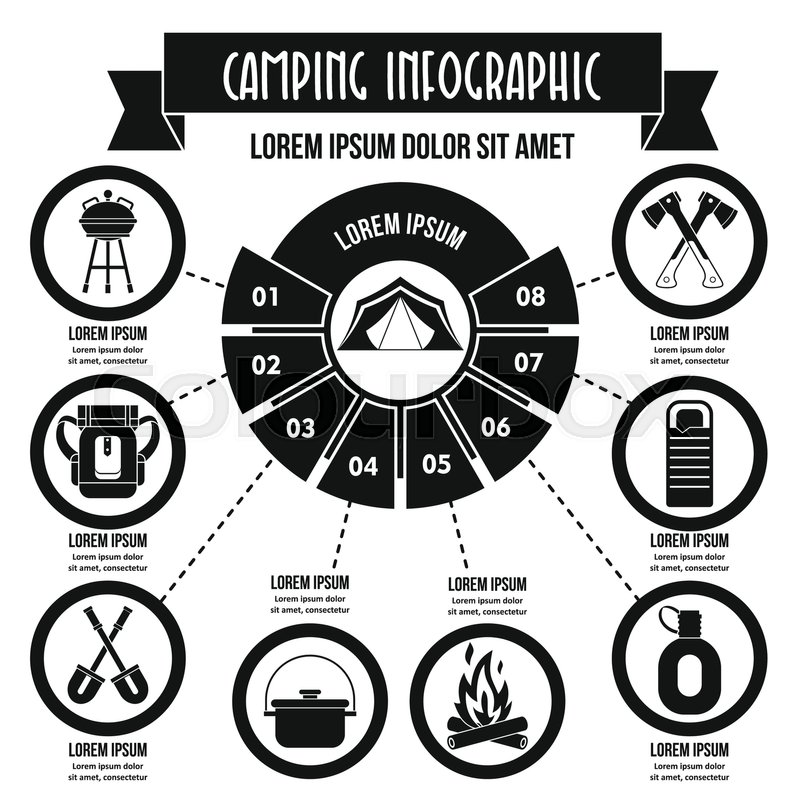A camping tent impact is a sheet of light-weight product that is sized to match the floor of your shelter. It safeguards your camping tent from unpleasant things like rocks, sticks and origins, helps keep your sanctuary clean of dirt, gooey tree sap and other debris, and marks where to set up camp.
What is the lightest weight tent?
Dimension
Normally made of nylon, polyester or polyurethane, an outdoor tents footprint is positioned beneath the tent when outdoor camping or backpacking to prevent unpleasant surfaces like sharp branches or jagged rocks from penetrating or poking openings in the floor of the outdoor tents. Tent impacts are also made to be a smaller dimension than the tent, to make sure that moisture does not pool on it and soak through the bottom of the outdoor tents. Footprints are readily available from some producers as an equipped option that clips to the bottom of the camping tent or in a flexible style that can be reduced to the exact dimensions of the outdoor tents.
If you're a skilled walker or camper, you may have the ability to reduce your own camping tent footprint out of Tyvek or painter's plastic drop cloths (the kind individuals use when painting areas). This will be less expensive yet it will need accuracy cutting skills and will certainly include extra weight to your pack. One more variable to consider is the denier of the footprint-- the greater the denier rating, the thicker and much heavier it will be.
Product
The material of a tent impact is necessary because it can impact the weight, price and resilience. Preferably, you intend to make use of something like a tarp or DCF (Dyneema Composite Material) ground cloth due to the fact that it includes minimal weight however is extremely sturdy and can protect the floor of your camping tent from sharp rocks and various other things on the ground.
Tarpaulins are a common option, however if you're seeking to conserve cash and lighten your pack, you can also try making a DIY camping tent canvas tents impact out of slim polycro bed linen or Tyvek. Just keep in mind that stores usually do not have pre-cut items of these products to reduce an outdoor tents footprint by dimension, so you'll require to take extra time and effort to make one yourself. You can also take a look at the denier of the tarp or ground cloth you're thinking about to assess its durability; greater rankings mean thicker, more rugged fabrics, while lower numbers indicate lighter, less rugged materials.
Denier
A tent footprint is a good investment because it will protect your tent floor and make it easier to clean up and clean after outdoor camping. Impacts are additionally less costly to change than your outdoor tents flooring if they wear, and they assist keep wetness from pooling in the bottom of your tent where it can cause holes or leakages.
The majority of outdoor tents impacts are made from specialized nylon or polyester materials that are then proofed with silicone or polyurethane. The fabric denier rating is important to take into consideration; the greater the denier, the thicker and more challenging using the footprint will be.
Some tents feature an integrated impact from the producer, and this may deserve taking into consideration if weight is a problem for you. Nevertheless, if your tent is fitted with a tough, high-denier outdoor tents flooring then a footprint will likely not include much to the convenience of your camping experience. An impact will, nonetheless, make your camping tent much easier to cleanse and keep.
Weight
Camping tent footprints are an essential device for camping tents to protect the groundsheet from dampness, abrasion and 'deterioration'. It is very important to get the appropriate sized impact and consider product, toughness and price when picking one.
Footprints are often made from a challenging, polyester or nylon material coated with water-proof polyurethane. Their thickness is usually determined in denier; higher rankings are thicker and much more durable yet also larger.
Are poly cotton tents worth the money?
They ought to be reduced a couple of inches smaller sized on all sides than the real overview of your outdoor tents to avoid puddling-- if it rains water can merge in the middle and saturate into all-time low of your outdoor tents. Other choices for making do it yourself tent footprints consist of painter's plastic drop cloth (the type you take down prior to repainting a room), Tyvek and polycro. The least expensive alternatives are probably silicone- or polyurethane-proofed, however these are much less breathable and can easily rip. They're likewise really cumbersome to pack and need accuracy reducing skills.
